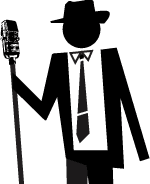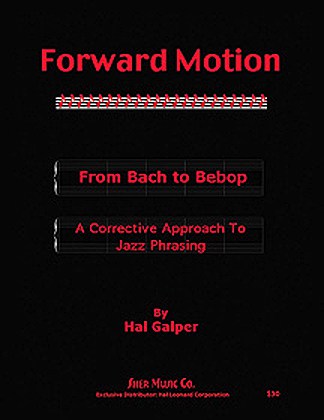
How to Play What You Hear for Jazz Guitarists
Nov 03, 2020In this short video and blog lesson, we'll discuss three ways to play what you hear as jazz guitarists.
Three Ways to Play What You Hear
- Play What You Hear Tip #1: Reduce the Constraints!
- Play What You Hear Tip #2: Play What You Sing! (And vice versa)
- Play What You Hear Tip #3: Use Vivid Aural Imagination
Let's get going.
Play What You Hear Tip #1: Reduce the Constraints!
The first tip is quite easy: Reduce the amount of constraints you use when you're improvising.
Often players are juggling too many balls at once while soloing. So let's concentrate on one idea only.
To better play what you hear you should focus on the one or a maximum of two constraints at a time.
We can define a constraint basically as a parameter for your improvisation. We often we don't even realize we're trying to do several things at once, right? Often we do all of these things with a moderate level of success. To excel, we concentrate on one element, develop it and perfect it.

Constraints: An Example
Here's an example of where a jazz student who is using too many constraints. This may look like an exaggeration. But it's not too far from the truth in many cases. The player is ...
- Soloing.
- At a fast swing tempo.
- While making the changes (clearly outlining the chord changes).
- With the metronome clicking on every two and four of every bar.
- Using chromatic passing notes.
- On a standard chord progression
- In strictly one position on the fretboard.
As if this is not enough already, our man is also playing only eighth-notes, machine gun style. Think Pat Martino.
Whatever your current level is, that's way too much to handle at once to make this an efficient practice. What's funny? Play what you hear is not even on the list!
So let's narrow this down to focus only on the good stuff and really maximize hearing what you play. We'll be working with only one constraint at a time and nailing each one individually before attempting to combine two or three or four. See the video in this blog for ideas on how to achieve this.
Before jumping to the second tip, there are many, ways to reduce the amount of constraints you use. Here're some great examples to get you inspired with only one constraint. More tools to get you to really hear what you play.
- Improvise on one string at a time. (a.k.a. the horizontal approach)
- Solo on one or two chords, like a vamp.
- Use the diatonic cycle of fourths to improvise, staying in the same key. This means you can reuse the same major scale.
- Choose one area of the fretboard to improvise and stay in this area.
Play What You Hear Tip #2: Play What You Sing! (And vice versa)
Want a quick indicator that your ears are actually well connected to your instruments? Can you play the lines you're singing? (Hint: probably not)
So here's some simple advice:
Whatever you play from now on, sing it.
When you catch yourself playing lines you can't sing (you know, your typical BS), just stop and resume from a singing standpoint. Always!

So this is just that quick tip for this post. I know it's not always that simple. Right? You may start by taking a simple line from a book and hum. Do this until you can sort of approximate the pitches. The point here is not to become obsessed with the details.
There's a full anecdote about "playing what you sing" from the author in the video associated with this blog post. Now for the bad news: I can't stop doing it. People think it's cool. But sometimes I get tired of hearing myself screaming high lines at the top of my lungs. :-)
Play What You Hear Tip #3: Use Vivid Aural Imagination
Now let's talk about happening in your musical mind. We'll call this vivid aural imagination, a term coined by the great jazz pianist and educator Hal Galper, in his book Forward Motion. I recommend you get that book and work on the exercises found in the last few pages. ( See Chapter 10: How to Practice Forward Motion.)
The exercises are demonstrated and explained in the video at 9:36, but in summary, what's happening in your musical mind is directly reflected on your instrument. You must learn to hear very clearly and actually yell musical ideas very loudly in your mind, so they finally manifest on the instrument. That's vivid aural imagination.
As an analogy, think of the experience of closing your eyes and being able to clearly see the face of someone very familiar, like a friend or family member. Elite jazz musicians have this ability to clearly envision musical lines in their mind, as they happen on their instrument. The nice little mantra is
"You are the instrument."
... as corny as it may sound right now, that's really what it is.
A great measuring stick to tell you how well you can vividly imagine lines is this: Can you dream music on your instrument? Can you lay down in bed and hear notes and see where your fingers are on the guitar? That's a great question to ask yourself! Since you are the instrument, the music comes from you first. And the fingers should simply follow.
If you can't quite play music in your head away from instrument right now work on this skill on a regular basis for a week or so, and you'll see a huge difference in your hearing.










